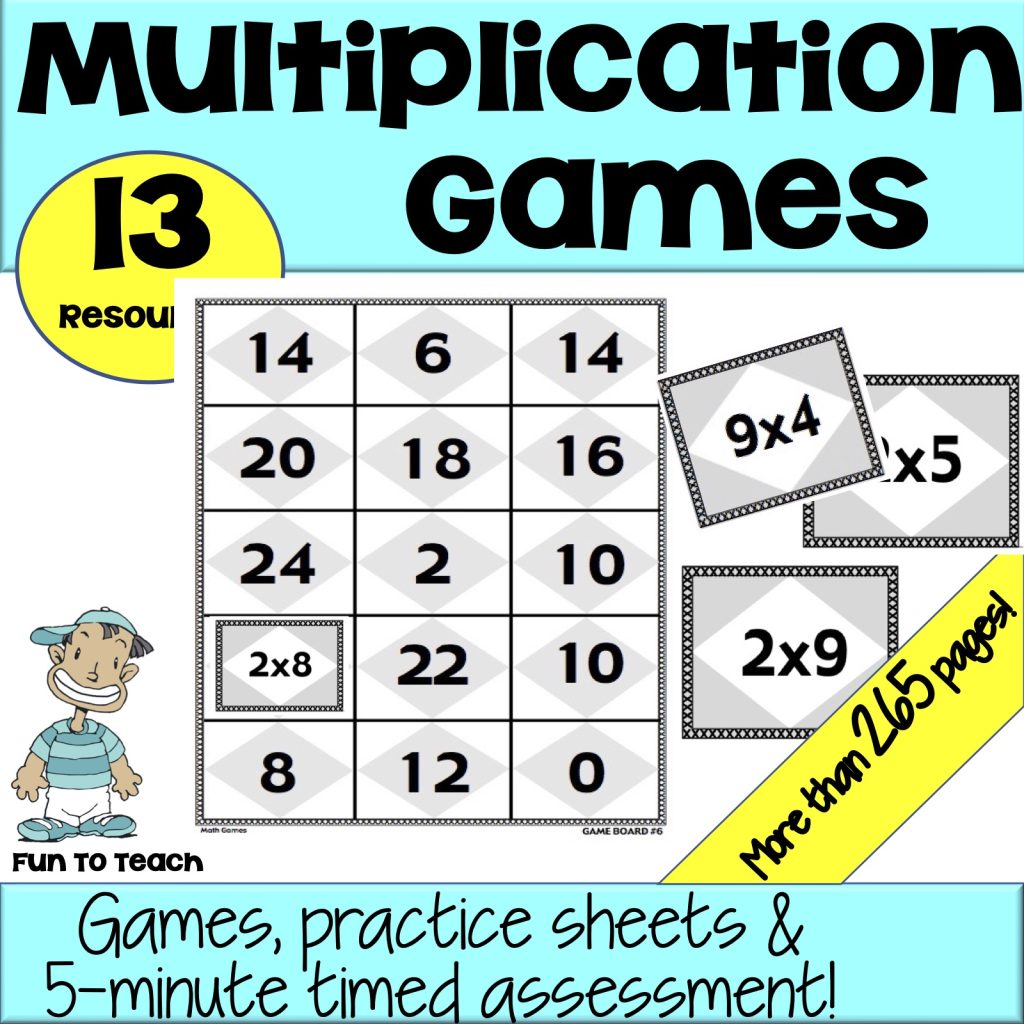
Teaching multiplication is one of the most fundamental math concepts elementary students must learn. To understand and apply multiplication, young learners must first grasp the concept of factors and the order in which these factors are used. Teaching this concept can be a challenge. A clear understanding of what it entails and enough practice, students will soon be multiplying away!
When teaching elementary schoolers about multiplication, it’s important to focus on both the concept of factors, as well as their order when multiplying them. Factors are simply two numbers that can be multiplied together to get a product.
For example, 3 and 4 are two factors that can be multiplied together to get 12 (3 x 4 = 12). The order for multiplication is always from left to right. If you were given 3 x 4 = 12, you would start by multiplying 3 times 4 before adding any other numbers or symbols.
To ensure your students have an adequate understanding of factors and their proper order in multiplication equations, there are some key tips for teaching them:
Encourage Students to Use Visuals

Visuals like drawings or diagrams aid student understanding in multiplication.
For instance, draw 3 rows with 4 dots each for 3 x 4 = 12. This visual representation clarifies factors’ role in multiplication.
A number line serves as an effective visual aid in illustrating multiplication equations. Students can create several number lines, each labeled with both factors. They start at the lower factor and incrementally count along the line to the higher factor. This exercise not only reinforces basic counting skills but also allows students to observe how the multiplicand increases with each step until reaching the final product at the end of the line.
Practice Multiplication Equations

Once your students have grasped how factors work within an equation, it’s important to practice. Review and practice them properly including problem solving stories. Have your class complete several problems that involve two-digit multipliers so they can gain fluency with this skill set. Once they have achieved mastery with two-digit numbers, then they may practice three-digit multipliers. Review and practice until they feel comfortable enough to reliably solve a variety of different types of equations without assistance.

Take Advantage of Technology
There are plenty of interactive games available online that are designed to help students understand concepts like factors and ordered operations. Choose games that won’t bore them or leave them feeling overwhelmed by dry facts or rules! Taking advantage of these resources can give your class an edge when it comes time for testing. Students will already have seen some exposure to different kinds of problems prior to taking exams or quizzes related to this topic area .

By following these steps during instruction you should find that your students develop an increased understanding about what goes into solving basic mathematical equations involving multiplication as well as how exactly those problems should be solved based upon their individual component parts (factors). Remembering that multiplication requires proper ordering between its variables is essential when teaching elementary schoolers this important math concept; hopefully through frequent instruction and guided learning experiences tailored specifically towards helping kids become more proficient at recognizing those variables ,they will eventually master all aspects related to solving problems involving ordered operations like multiplication!
CLICK HERE TO SEE ALL OUR MULTIPLICATION RESOURCES, GAMES AND ACTIVITIES!
Have a great week!

Lori
Looking for time-saving tips and tricks for teaching math and ESL? Sign up for my email newsletter to get free teaching resources and helpful strategies right in your inbox! Click here to sign up.


No comments:
Post a Comment